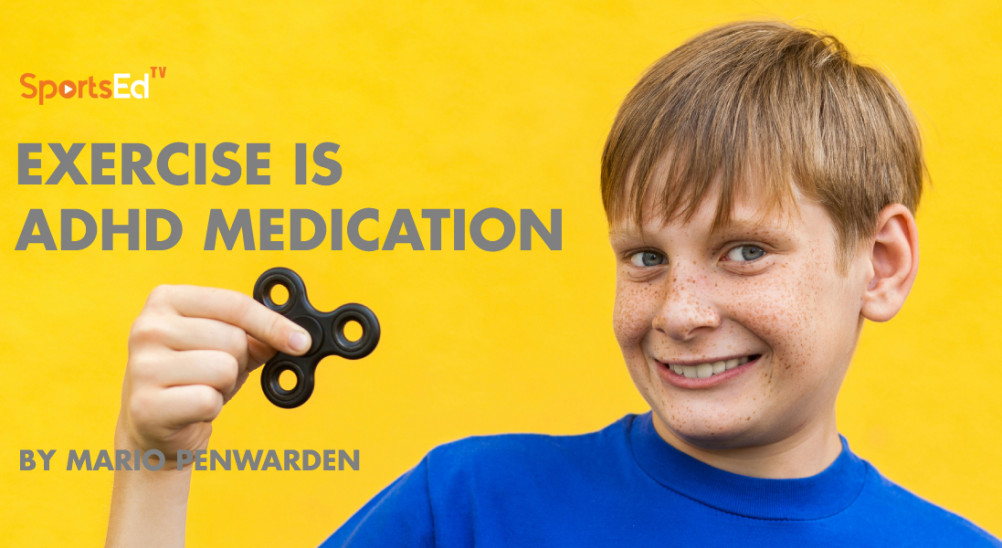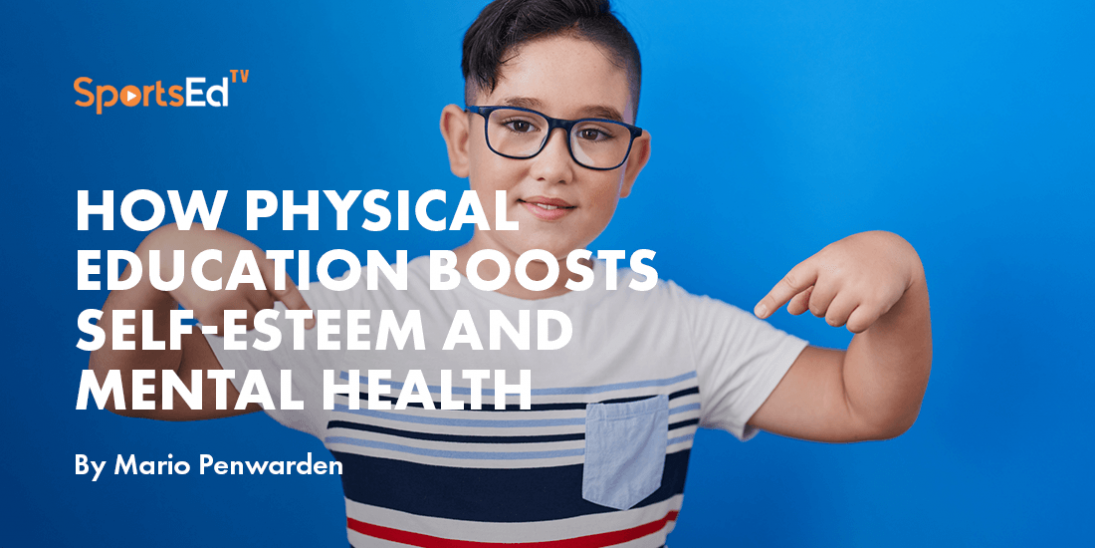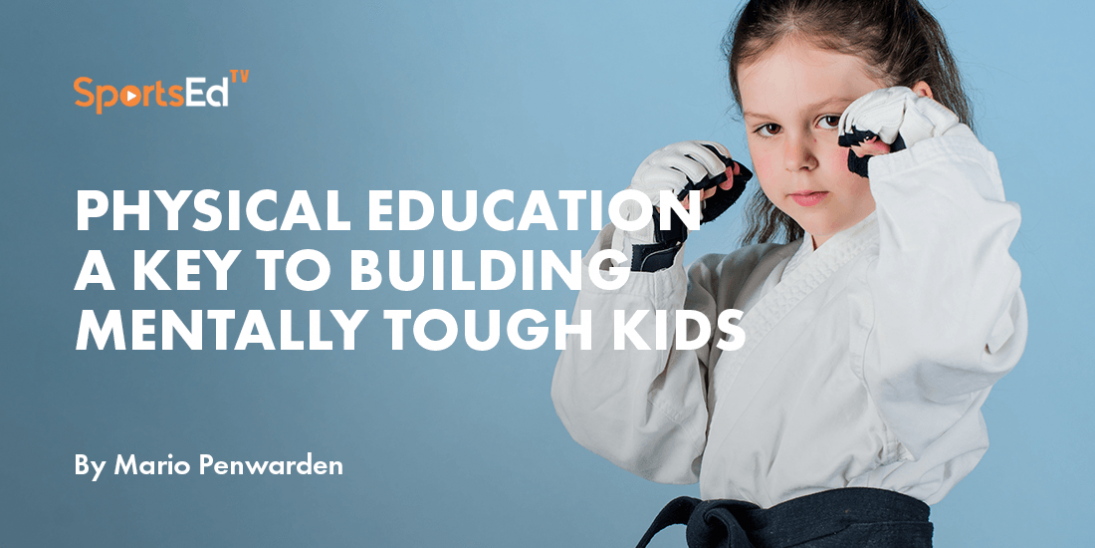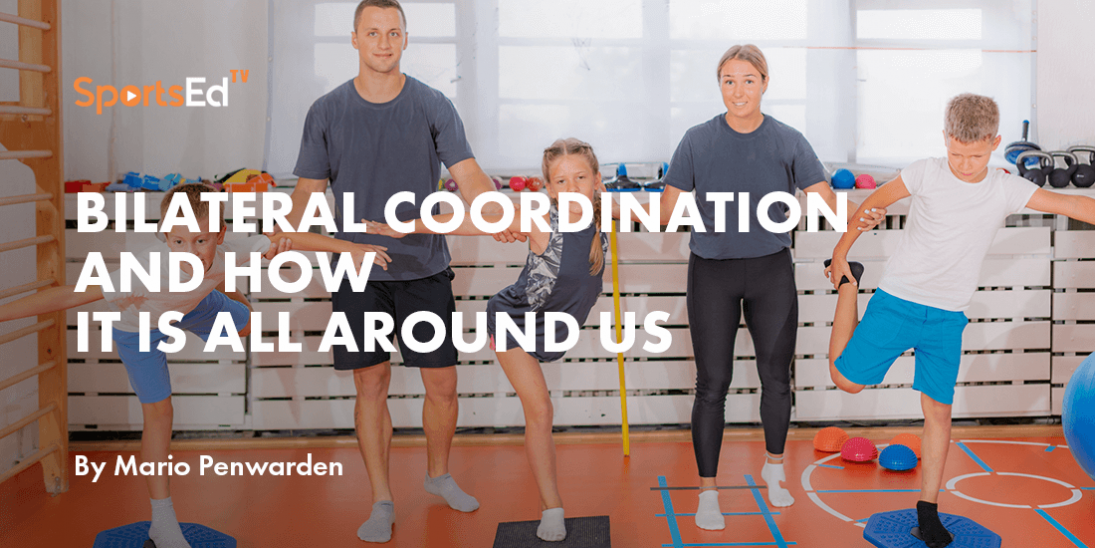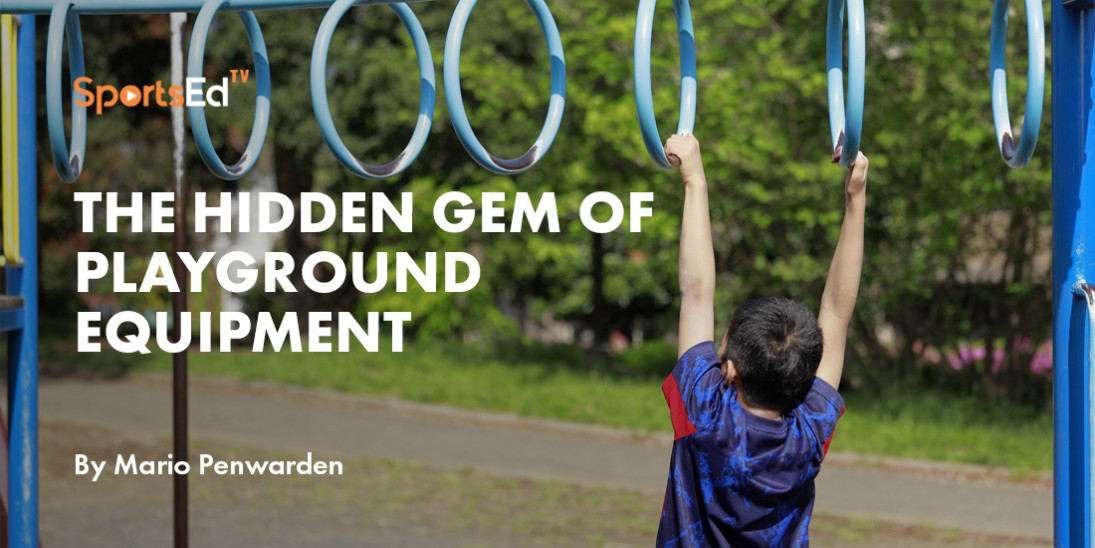Physical Education
Welcome and thanks for visiting...

How To Identify And Manage Major Motor Development Problems
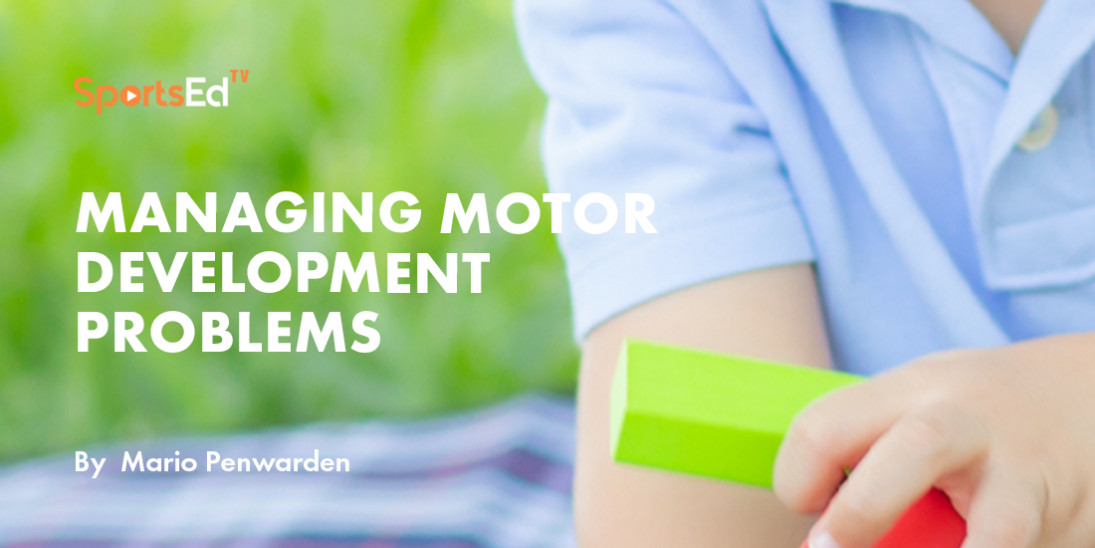
The motor performance of a child is perhaps the most visible of innate abilities. Children are highly conscious of their various motor skills and the potential and actual effects of such performance on how they are judged by others. Children crave motor gratification as they grow up. They need to feel that they can cope with motor demands. Such feelings contribute substantially to the development of a positive self-image and self-concept. It is disheartening to have physical inabilities that bring embarrassment and incite ridicule or criticism. An awkward child who is chronically deprived of motor gratification is at risk for a significant decline in self-esteem.
What is motor development?
Major motor output entails the use of large muscles for participation in athletic events. Major motor ability is needed to succeed in sporting activities. To perform adequately in sports, an individual must be able to form judgments regarding various kinds of incoming data and respond quickly with appropriate and accurate muscle movements. Major motor competency also requires good motor memory, that is, the ability to recall the muscular step used in the past for successful performance. The vast numbers of muscles and muscle groups must be properly and rapidly deployed so that the right muscles are accomplishing the appropriate and necessary steps at the right time. For some children, these processes are almost instinctive because the muscles are well coordinated. The actions are applied with speed and precision, but for others, they are uncoordinated and clumsy.
How do you ad characterize children with major motor development problems?
- There are children who experience daily humiliation on the playground and sports field because of their inability to use large muscle groups skillfully. They become anxious and afraid on days when there is a gym class or sports practice.
- They may be reluctant to be with peers who like sports.
- They become upset at perpetually being chosen last for teams and being subjected to harsh criticism or verbal abuse during games.
- Their self-image and feelings of effectiveness may well deteriorate.
- They experience a poor sense of body position, trouble perceiving the location of the body in a static position, and problems with balance activities.
- Weak kinesthetic sense: Trouble keeping track of body movements while in the middle of a motor activity e.g. jumping, hopping, or dribbling.
- Inaccuracy of visual-spatial processing: Trouble with timing and predicting in the spatial domain. e.g. problems judging trajectories [track] for catching, throwing or hitting a ball.
- Ineffective verbal motor integration: Trouble translating verbal inputs into desired responses and difficulty following instructions from a coach.
- Poor motor planning: Trouble previewing outcomes and selecting motor strategies to meet a motor challenge, e.g., how fast to run to catch a ball.
- Motor memory weaknesses: Trouble recalling accurately and quickly the sequences of muscle movements needed for a specific skill.
- Poor coordination of muscle groups: Trouble assigning muscles to specific tasks and roles. Poor synchronization of muscles during execution of activities.
- Poor monitoring: Trouble evaluating how effectively muscle performance is proceeding during participation in activities.
- Tone control and weaknesses: Trouble developing appropriate muscle tone and strength. The weaknesses, as mentioned, can occur in different combinations and degrees of severity. Very few children with poor major motor coordination understand their Specific development problems.
- Insight into their problems can help them attain gratification.
The role of the coach or PE teacher becomes very important when dealing with children who are struggling with major motor, not only from a personal point of view but also to educate and guide parents to make sure the child receives the best possible physical, emotional, and mental support from everyone involved their development process.
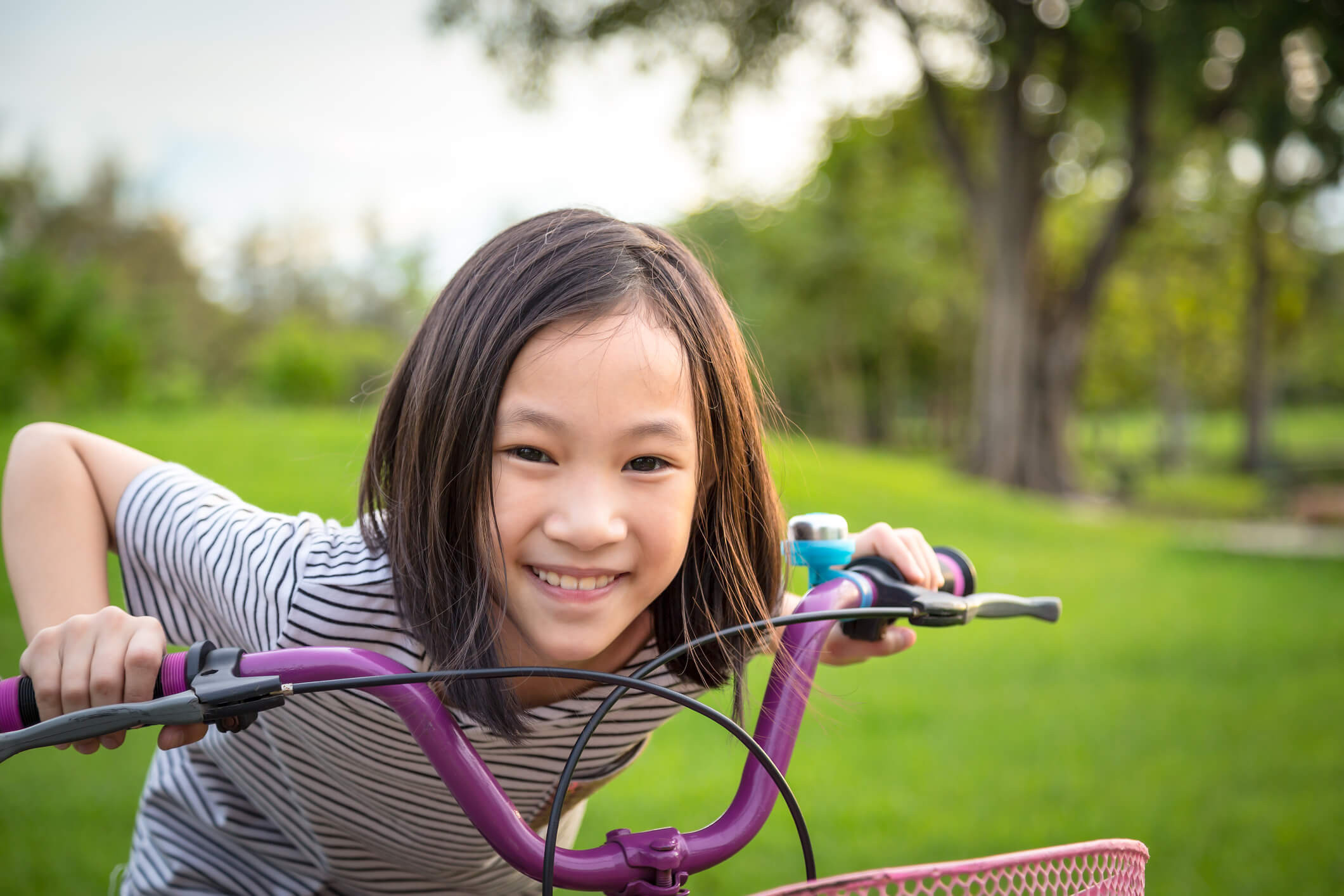
How do we manage poor motor performances?
- Children with disappointing performances need teachers, parents, and coaches who understand the possible impacts of the problems in order to protect these youngsters.
- Parents, teachers, and coaches should not force children with major motor development problems to participate in competitive sports. They need protection from public humiliation.
- Teachers, parents, and coaches should try to find one sport or recreation in which the child can succeed.
- Knowledge of the child's specific form of major motor problem must guide the selection process when taking part in sports. If a child has trouble with visual-spatial information during motor activities, the child will probably receive little satisfaction from ball sports but can take part in swimming, wrestling, or recreation activities.
- The child can benefit from one-to-one help with the mastering of skills.
- Children with fine motor problems may find help in specific fine motor skills like drawing, tracing, and cutting.
- Parents should never ridicule a child for being clumsy and sloppy at the dinner table or spilling things because this can erode a child's self-esteem.
- Parents must encourage children to take part in forms of entertainment, e.g., camping and outdoor activities.

- At school, children with major motor development problems experience great stress because of their weaknesses. Teachers must avoid publicly criticizing or embarrassing students with disappointing motor performances.
- Parents and teachers should try to understand what the child is trying to cover up when he or she has to take part in physical activities.
- Coaches must pay special attention to those who struggle with motor activities, but excessive praise may not be in the best interest of children with poor motor control.
- Remedial motor programs can improve the motor ability and experience of these children. The remedial programs must include specific aspects of motor function e.g. balance, coordination, laterality, agility, reaction time, spatial awareness, and visual effectiveness.
In a world where mental health and well-being have become more important than ever before, it is clear that the most important form of support is that of emotional and mental well-being. Our children are more susceptible to public scrutiny and ridicule than ever and, if not supported, can easily fall into a downward spiral of low self-esteem and self-worth. This can lead to a plethora of additional issues and also lead to children with hatred towards movement and sport. Let us nurture the next generation and be informed and educated about how to support them best.




